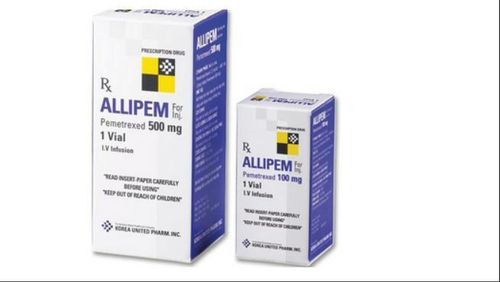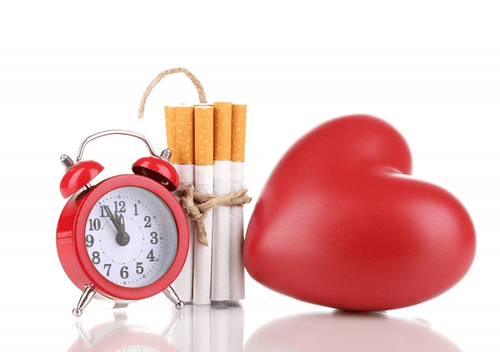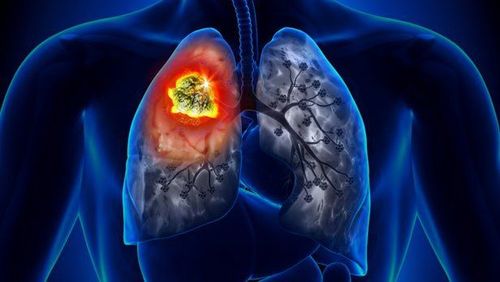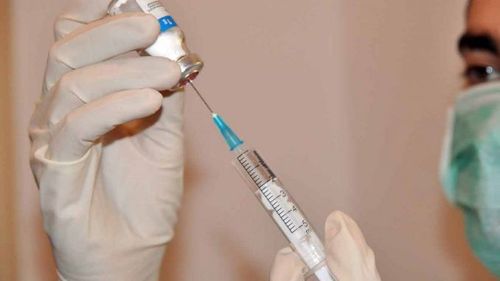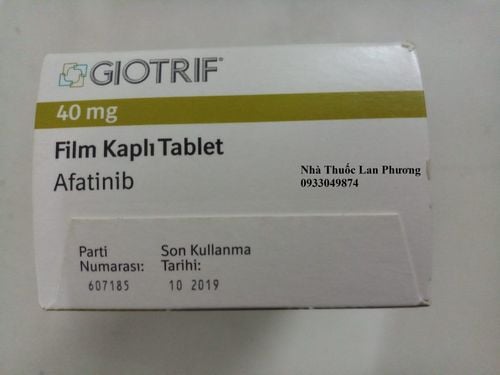This is an automatically translated article.
Lung cancer is the leading cause of cancer death worldwide. Smokers have an increased risk of lung cancer, although lung cancer can also occur in people who have never smoked. Are there other risk factors for lung cancer?1. Modifiable lung cancer risk factors
Smoking Smoking is the leading risk factor for lung cancer. About 80% of lung cancer deaths are attributed to smoking, and this number may be even higher for small cell lung cancer (SCLC). It is very rare for people who have never smoked to have SCLC.The risk of lung cancer for smokers is many times higher than for non-smokers. The longer you smoke and the more cigarettes you smoke a day, the higher your risk.
Cigarette smoking and pipe smoking are as likely to cause lung cancer as cigarette smoking. Smoking low-tar or light cigarettes increases the risk of lung cancer much like regular cigarettes. Smoking menthol can increase the risk and even more because menthol can cause smokers to inhale more deeply.
Tobacco smoke If you don't smoke, but you do breathe in other people's smoke (called passive smoking or environmental tobacco smoke) can increase your risk of developing lung cancer. Passive smoking is thought to cause more than 7,000 lung cancer deaths each year.
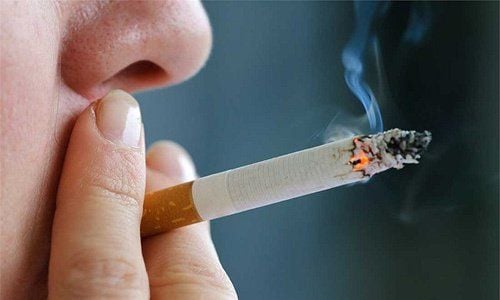
Hút thuốc là yếu tố nguy cơ hàng đầu của ung thư phổi
Exposure to asbestos People who work with asbestos (in mines, factories, textile factories, insulation sites and shipyards) are several times more likely to die from lung cancer than other workers. other workplace. The risk of lung cancer is much greater in workers who are exposed to asbestos and also smoke. However, scientists have yet to measure precisely how short- or short-term exposure to asbestos can increase the risk of lung cancer. People exposed to large amounts of asbestos are also at increased risk of developing it. mesothelioma, which is a type of cancer that starts in the pleura (the membrane that surrounds the lungs).
Exposure to other carcinogens in the workplace Other carcinogens found in some workplaces that may increase the risk of lung cancer include: Radioactive ores such as uranium Chemicals inhaled as arsenic, beryllium, cadmium, silica, vinyl chloride, nickel compounds, chromium compounds, coal products, mustard gas and chloromethyl ethers Diesel emissions Government and industry have taken steps in recent years to help preserve protect workers from multiple exposures during work. But the dangers are still there, so if you work around these triggers, take care to limit your exposure whenever possible. Taking certain supplements Studies looking at the role of vitamin supplements in reducing the risk of lung cancer have had mixed results. In fact, two large studies found that smokers who took beta-carotene supplements had an increased risk of lung cancer. The results of these studies suggest that smokers should avoid beta carotene supplements. Arsenic in drinking water Studies of people in areas of Southeast Asia and South America using water with high levels of arsenic were associated with an increased risk of lung cancer. In most of these studies, arsenic levels in the water were many times higher than those commonly found in the United States, even in areas where arsenic levels were higher than normal.

Các yếu tố nguy cơ ung thư phổi như hút thuốc lá, tiếp xú với radon, amiăng
2. Unmodifiable risk factors for lung cancer
Radiation therapy to the chestPeople who have had radiation therapy to the chest area to treat other cancers have a higher risk of developing lung cancer, especially if they smoke. For example, people who have been treated for Hodgkin's disease or women who have had radiation to the chest after a mastectomy for breast cancer. Women who have had radiation to the breast and then had a mastectomy do not appear to have a higher-than-expected risk of lung cancer.
Air pollution
In cities, air pollution seems to increase the risk of lung cancer slightly. This risk is much less than that from smoking, but some researchers estimate that worldwide about 5% of lung cancer deaths may be attributable to outdoor air pollution.
Personal or family history of lung cancer
If you already have lung cancer, you have a higher risk of continuing to get lung cancer.
Siblings and children of people with lung cancer may have a slightly higher risk of developing lung cancer than the general population, especially if a close relative was diagnosed with lung cancer at an early age. very young.
Researchers have found that genetics seem to play a role in some families with a large history of lung cancer.
Vinmec International General Hospital has become a leading prestigious address in lung cancer screening, currently has a Lung Cancer Screening Package with the following outstanding advantages:
A team of specialized doctors Highly qualified, experienced. Comprehensive professional cooperation with domestic and international hospitals: Singapore, Japan, USA, .. Comprehensive treatment and care, multi-specialty coordination towards individualizing each patient. Having a full range of specialized facilities to diagnose the disease and stage it before treatment: Endoscopy, CT scan, PET-CT scan, MRI, histopathological diagnosis, gene-cell testing, .. There are full range of main cancer treatment methods: surgery, radiation therapy, chemotherapy, stem cell transplant... To register for examination and treatment at Vinmec International General Hospital, you have You can contact Vinmec Health System nationwide, or register online HERE.
References: mayoclinic.org, cancer.org, cdc.gov




